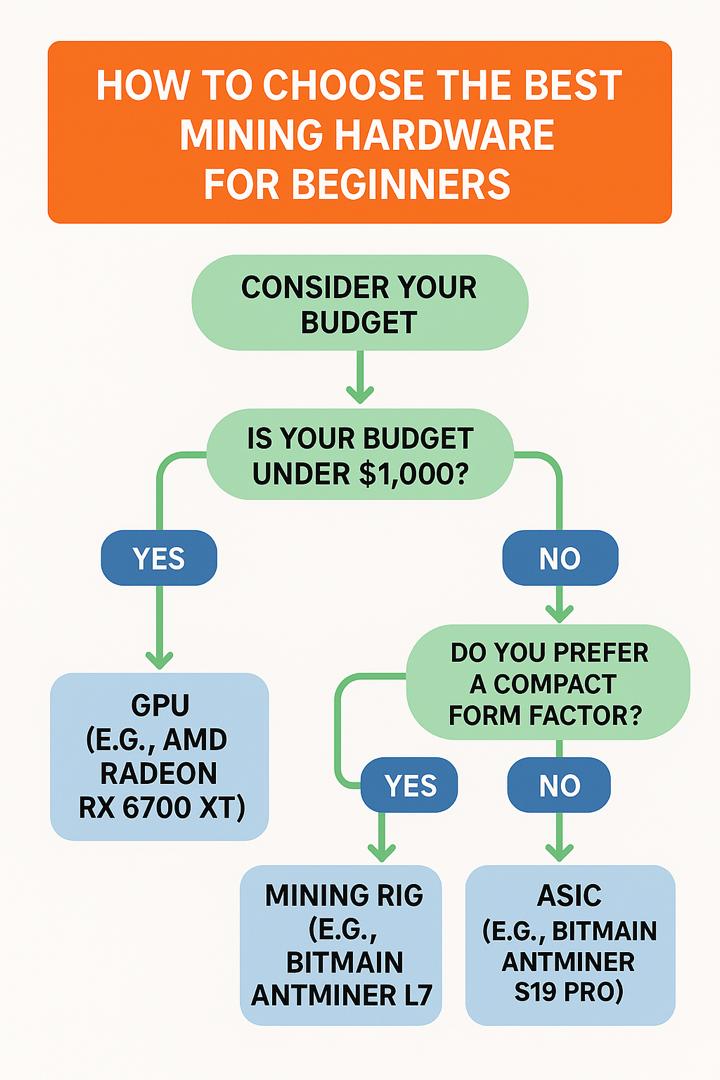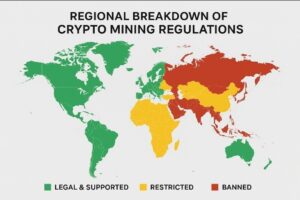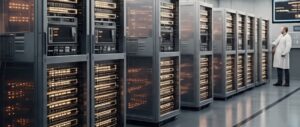How to Choose the Best Mining Hardware for Beginners

Starting your cryptocurrency mining journey feels overwhelming when faced with countless hardware options and technical specifications. The right mining hardware can make the difference between profitable mining and expensive electricity bills. This guide breaks down everything beginners need to know about selecting their first mining setup.
Understanding Your Mining Hardware Options
The cryptocurrency mining landscape offers three main hardware categories. Each serves different purposes and budgets.
ASIC miners dominate Bitcoin mining with unmatched efficiency. These specialized machines focus on one algorithm but deliver exceptional performance. The Bitmain S19 XP generates 141 TH/s while consuming reasonable power. Modern ASIC models range from $700 for older units to $11,000 for cutting-edge machines.
Graphics cards provide flexibility for mining various cryptocurrencies. The Nvidia RTX 4090 represents top-tier GPU performance at $1,700. GPUs excel at mining altcoins like Ethereum Classic and Ravencoin. Building a multi-GPU rig requires additional components including motherboards, power supplies, and cooling systems.
Budget-conscious beginners often start with older hardware models. Used ASIC miners offer entry points under $1,000. Previous-generation GPUs provide learning opportunities without massive investments. Starting small helps you understand mining fundamentals before scaling up.
Mining Hardware Comparison for Beginners (2025)
| Hardware Type | Example Models | Coins Mined | Hash Rate | Power Efficiency | Cost (USD) | Ease of Use | Flexibility | Best For |
|---|---|---|---|---|---|---|---|---|
| GPU | NVIDIA RTX 3080, AMD RX 6800 | Ethereum Classic, Ravencoin | Medium to High | Moderate | $500–$1,200 | Easy | High – Supports many coins | Beginners, multi-coin miners |
| ASIC | Antminer S19 Pro, WhatsMiner M30S | Bitcoin, Litecoin | Very High | Very High | $2,000–$5,000 | Medium | Low – Single algorithm | Advanced, Bitcoin miners |
| CPU | Intel i9, AMD Ryzen 9 | Monero, Webchain | Low | Low | $100–$500 | Very Easy | High – but not efficient | Learning, low-risk setups |
| FPGA | BittWare CVP-13 | Niche coins (e.g., X11) | High | High | $1,000–$3,000 | Hard | Moderate – Reprogrammable | Developers, tinkerers |
Key Factors to Choose the Best Mining Hardware for Beginners
Hash rate determines your mining success probability. Higher hash rates solve cryptographic puzzles faster, increasing reward chances. Compare hash rates relative to purchase prices when evaluating options.
Power efficiency impacts long-term profitability significantly. Calculate watts per terahash to understand operational costs. Efficient hardware maintains profitability even during market downturns. The relationship between hash rate and power consumption defines your profit margins.
Initial investment costs extend beyond hardware purchases. Factor in cooling equipment, electrical upgrades, and maintenance supplies. A complete mining setup typically costs 20-30% more than hardware alone. Create comprehensive budgets including all necessary components.
Noise levels affect residential mining operations substantially. ASIC miners produce 70-90 decibels, comparable to lawn mowers. GPU rigs run quieter but still require ventilation fans. Consider soundproofing solutions or dedicated spaces for equipment placement.
Calculating Your Mining Profitability
Electricity costs make or break mining operations. Calculate daily power consumption multiplied by local rates. Areas with rates above $0.10/kWh challenge profitability for most hardware. Miners paying $0.05/kWh or less enjoy significant advantages.
Mining calculators provide realistic earning estimates. Input your hardware specifications, electricity costs, and pool fees. Websites like NiceHash offer comprehensive profitability tools. Always account for difficulty increases when projecting long-term returns.
Pool mining, in particular, increases consistent earnings for beginners. In contrast, solo mining requires massive hash rates to find blocks. Therefore, pools combine resources and distribute rewards proportionally. For example, popular pools like F2Pool and FoundryUSA dominate network hash rates.
Meanwhile, break-even calculations reveal investment recovery timelines. To illustrate, four RTX 4090s mining through NiceHash generate approximately $3.89 daily. At this rate, recovering $8,000 in GPU costs takes 5.6 years. Additionally, factor in hardware depreciation and potential failures
Setting Up Your First Mining Rig
Fortunately, ASIC setup remains surprisingly straightforward for beginners. Connect power supplies, ethernet cables, and configure pool settings. Additionally, download manufacturer firmware updates before starting. Most ASICs operate within hours of unboxing.
GPU mining requires technical assembly skills. Install motherboards, connect PCIe risers, and mount graphics cards carefully. Configure operating systems, install drivers, and optimize mining software. YouTube tutorials guide beginners through complex build processes.
Proper ventilation prevents expensive hardware failures. Mining generates substantial heat requiring active cooling. Position equipment in well-ventilated areas with adequate airflow. Monitor temperatures constantly to avoid thermal damage.
Network security protects mining rewards from theft. Use dedicated mining wallets with strong passwords. Enable two-factor authentication on pool accounts. Never store large amounts in online wallets connected to mining operations.
Making Your Final Hardware Decision
Match hardware choices to your specific goals and constraints. Bitcoin mining demands ASIC efficiency for profitability. Altcoin mining benefits from GPU flexibility. Consider your technical skills, available space, and risk tolerance.
Start with proven, reliable hardware models. Research manufacturer reputations and warranty terms. Join mining communities for real-world performance feedback. Avoid unproven hardware promising unrealistic returns.
Budget for ongoing operational expenses beyond initial purchases. Electricity costs accumulate quickly with 24/7 operations. Hardware eventually requires replacement or upgrades. Successful miners plan for long-term sustainability rather than quick profits.
Mining pools offer beginners the best starting point. Solo mining rarely succeeds without massive investments. Pool participation provides steady income while learning. Graduate to advanced strategies after mastering basics.
The cryptocurrency mining journey rewards patient, informed participants. Research thoroughly before purchasing expensive hardware. Calculate realistic profit projections including all costs. The best mining hardware for beginners balances affordability, efficiency, and learning opportunities. Start small, learn continuously, and scale operations based on actual results rather than speculation. Now that you have learnt How to Choose the Best Mining Hardware for Beginners, you can proceed to try it.

